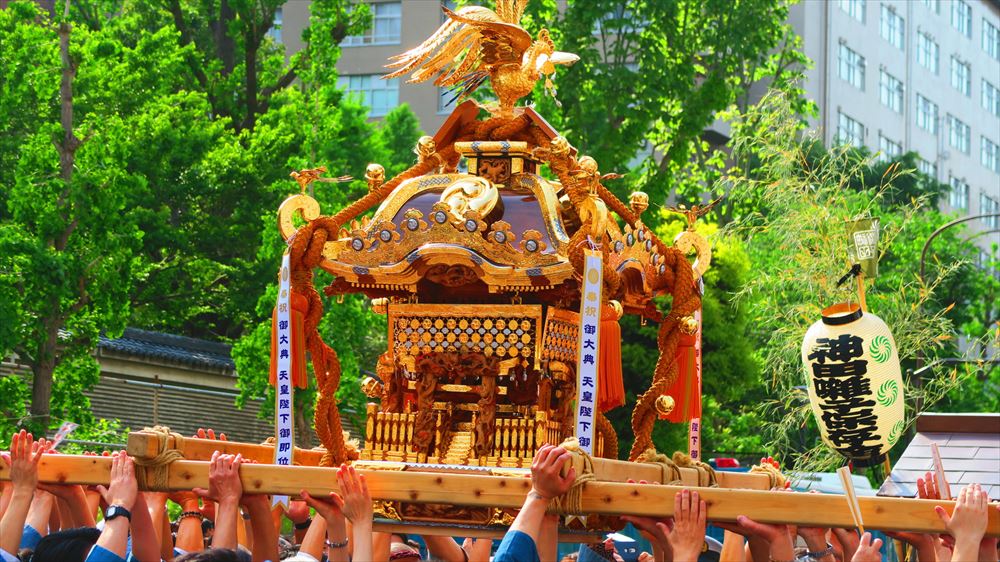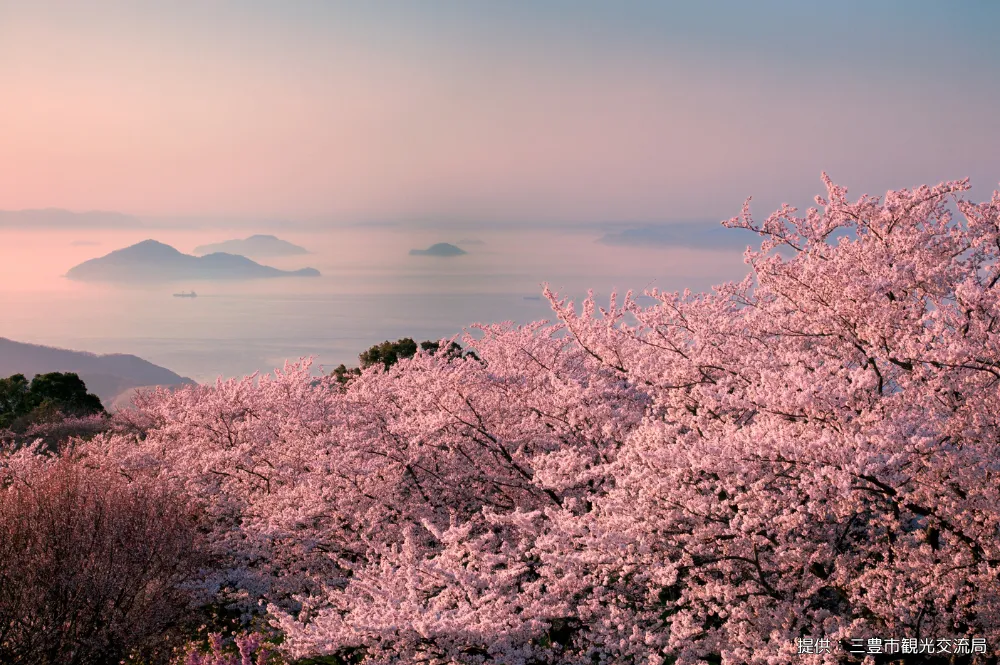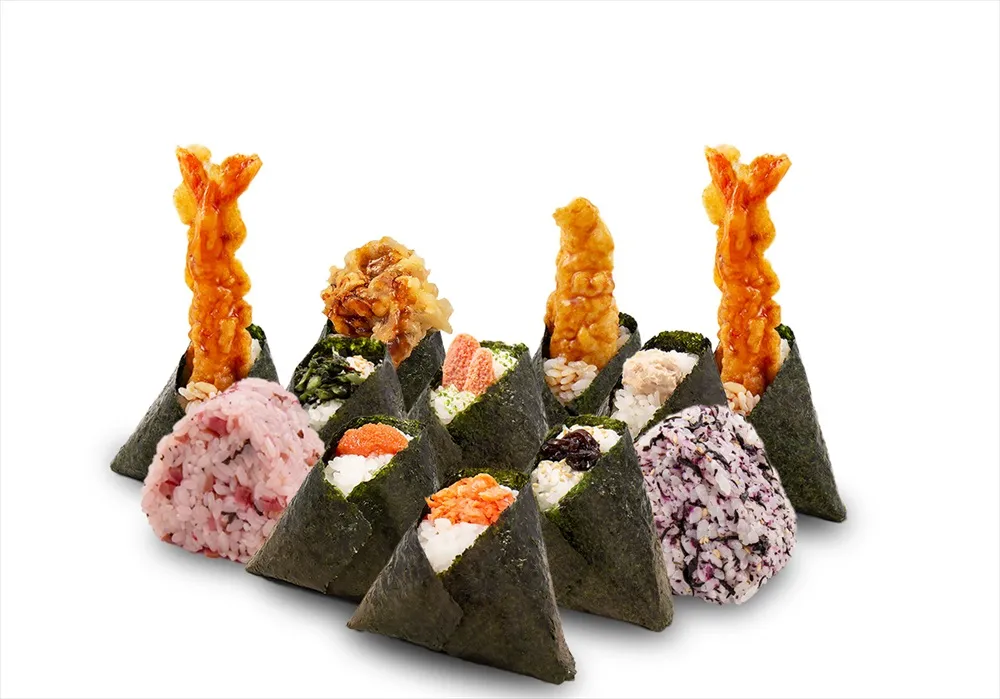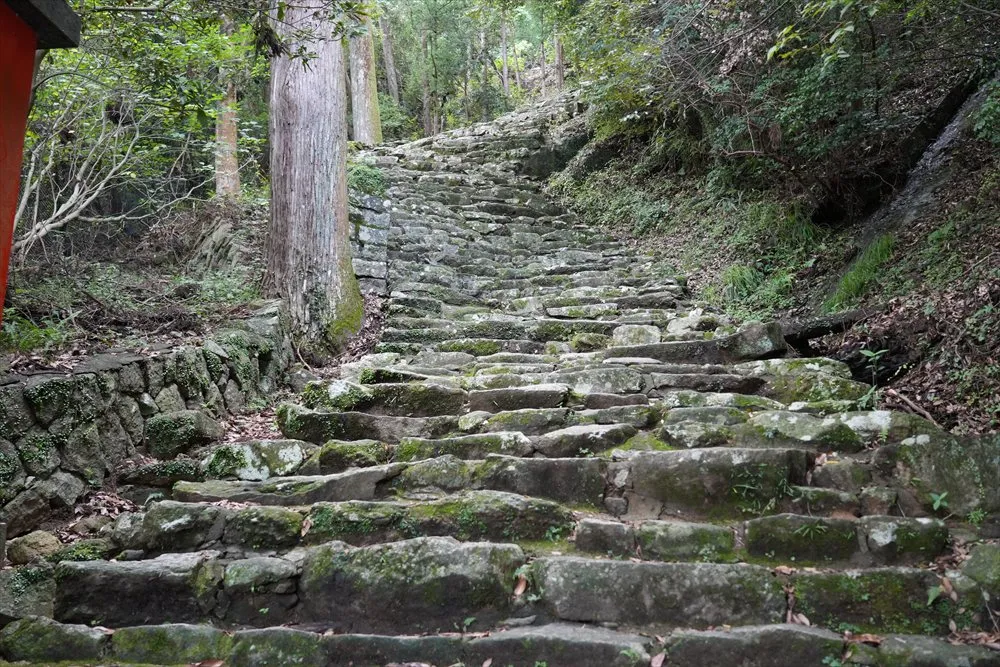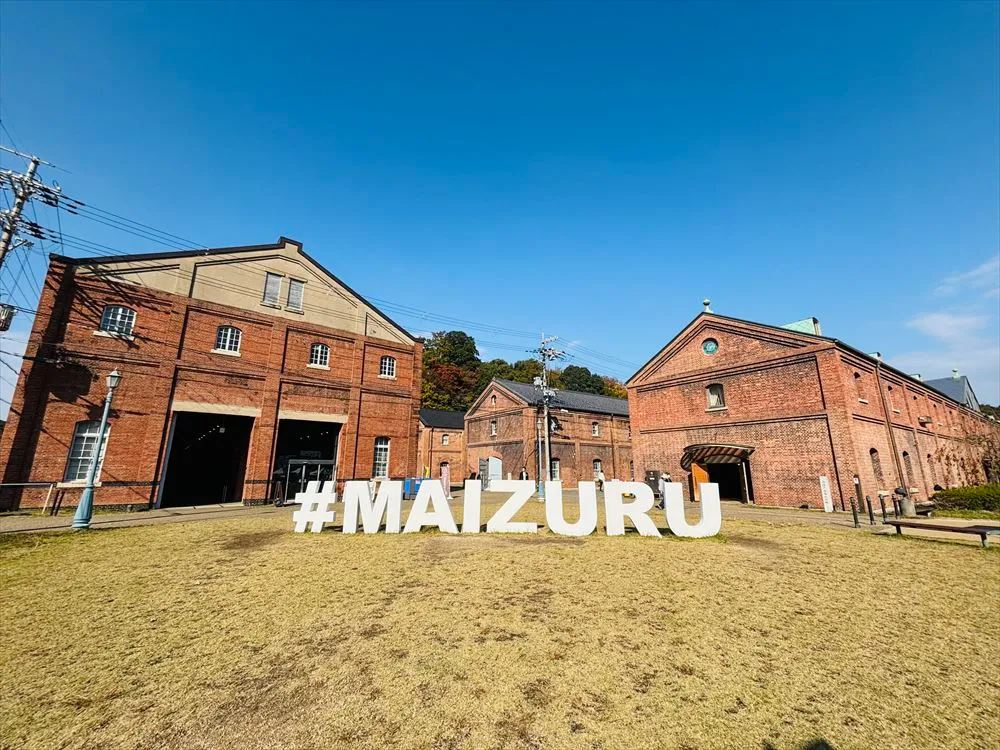SOUTHERN SHIKOKU (ATT.JAPAN ISSUE 49)
SOUTHERN SHIKOKU (ATT.JAPAN ISSUE 49)

Shikoku is the smallest of the four main islands of Japan, located in the southern part of western Japan. Introduced here are the two prefectures of southern Shikoku, Kochi and Tokushima prefectures, that are facing the Pacific Ocean.
Access
Tokyo -> Kochi: 1 h 30 mins by air
6 h by train (transferring at Okayama Station)
11 h by highway bus
Tokyo -> Tokushima: 1 h 15 mins by air
5 h 40 mins by train (transferring at Okayama Station)
9 h 20 mins by highway bus
18 h 20 mins by ferry
Kochi -> Tokushima 2 h 30 mins by train (transferring at Awaikeda Station)
2 h 40 mins by highway bus
Kochi
Kochi City
Kochi City is the capital city of Kochi Prefecture with a population of 340,000. After Yamanouchi Kazutoyo (1546-1605) became the lord of the Tosa domain in 1601, the city started to develop as a castle town of Kochi Castle in the Tosa domain. Kochi Castle, located in the center of the city, began to be constructed in 1601 and was mostly completed in 1603. The disastrous fire of 1727 destroyed much of the fortress except Ote-mon Gate. But, by 1753 it was restored to its original style. Since then, it has survived several crises such as natural disasters and the Pacific War and has kept its beautiful figure down to the present day. On Sundays, a guided tour in English is available.
One of Japan’s largest open-air markets is held here every Sunday. About 500 shops line up along Ote-suji Street, stretching about 1.3 km from beside Kochi Castle to near Densha-dori Street. You can find various foods and goods such as fresh vegetables, seafood, kitchen knives, ceramics, and so on.
Katsura-hama beach, located 35 minutes from JR Kochi Station by bus, is a scenic spot where you can get a splendid view of the Pacific Ocean. A statue of the famous historical hero, Sakamoto Ryoma (1835-1867), stands here. He played an important role in opening up modern Japan at the end of the Edo era. Although about 140 years have passed since his death, there are still many of his admirers all over Japan. You may also like to stop by at the Sakamoto Ryoma Memorial Museum. From the end of April to mid-October, a whale-watching tour boat is available from nearby Urado fishing port.
Kochi’s famous bonito is something you should definitely try. Especially katsuo-no-tataki, chopped bonito, with its surface roasted with straw-smoke has a nice texture and crispy savory skin that you will love. At Hirome-ichiba market, you can enjoy katsuo-no-tataki as well as dishes made with Kochi’s local chicken along with Japanese sake at a reasonable price. The dish Sawachi-ryori is also a Kochi’s specialty, featuring sashimi, sushi, and other foods served on a huge plate called sawachi.
Every year from August 9 to 12, the Yosakoi Matsuri festival is held. It is Kochi’s major festival in which hundreds of teams of dancers crowd the streets to perform various Yosakoi dances all around the city. You will be impressed with the dynamic performances, brightly colored costumes, and loud music. This Yosakoi festival originated in Kochi is now being held all over Japan as YOSAKOI, as for example you can see in Sapporo City’s Yosakoi Soran festival in mid-June.
Kami City
About 30 minutes on the Dosan Line from JR Kochi Station is the JR Tosa-Yamada Station, located south of Shikoku’s mountain ranges and a gateway to the area’s abundant and beautiful natural surroundings. Also, about 20 minutes by bus from JR Tosa-Yamada Station is Ryuga-do Cave, a calcareous cave that is designated as a national natural monument. This cave has been considered of great value for scientific study. From inside this cave, which has been formed over the past 175 million years, various earthen vessels and remains of dwellings dating to the Yayoi period (300 B.C. – 300 A.D.) were found. Meanwhile, back in the present, if you are interested in Japanese anime or its characters, you should visit Kami City Municipal Anpanman Museum (memorial museum of Yanase Takashi, the cartoonist of Anpanman). The fantastic world of Anpanman, an anime character that enjoys overwhelming popularity among kids, will welcome you with various surprises and elaborate fun things. It is about 25 minutes by bus from JR Tosa-Yamada Station.
Shimanto River valley
At 196 km in length, the Shimanto River is the longest river in Shikoku, running through the western part of Kochi Prefecture. It is also called “the last clear stream in Japan” because the river has no big dams on its trunk flow. The best views are found mainly around the middle part of the river, where the river flows at a leisurely pace in perfect harmony with the surrounding mountains and where you can see chinka-bashi bridges, bridges without parapets that sink under water when the water level rises (this to prevent their being washed away in floods). You can also enjoy canoeing or other activities on the river.

Tokushima
Tokushima City
Tokushima City is blessed with the abundant nature of sea, mountains and rivers. It is called a city of water with 138 rivers and streams of all sizes running though the city. It is also the home of Awa Odori dance (Tokushima’s Bon Odori dance), which has a 400-year history.
About 10 minute’s walk from JR Tokushima Station is Mount Bizan (literally meaning “eyebrow mountain”), which is Tokushima City’s symbol. It is named Bizan because its shape is like an eyebrow viewed from any direction. You can take a cable car to the top of this 290-meter-high mountain. And, from the observation deck, you can enjoy a dynamic view of the Yoshino River and Naruto Strait. The night view is also fantastic.
Awa Odori Kaikan museum is at the cable car station. The actual Awa Odori dance festival during the Obon period is only held from August 11 to 15. But, here at Awa Odori Kaikan, you can experience Awa Odori dance throughout the year. You can learn about the history of Awa Odori on the 3rd floor, and then enjoy the Awa Odori dance performance at the 2nd floor dance hall. After the performance, there will be a brief lecture of how to dance. So, if you have become entranced with the two-beat rhythm, you can join and dance together with others at the next opportunity.
There is half-hour boat cruise around Hyotan-jima island for free (100 yen for insurance is needed.) Feel free to join.
Tokushima ramen noodles have as their base a soy sauce soup with pork bone broth and come with sliced roasted pork back rib on top. The slightly sweet taste of the rich soup will make you feel satisfied.
Naruto City
Naruto City is Tokushima’s second largest city and is famous for marine products. Naruto Strait, located north of Naruto City, is well known for the Naruto-no-Uzhishio whirlpools.
Naruto Strait runs under the Onaruto Bridge that connects Naruto City with Awaji Island. The tide creates a difference in the water level of up to 1.5 meters, which makes large amounts of water rush into Naruto Strait and creates vortices. You can see the Naruto whirlpools from the bridge or more closely from a boat. Uzu-no-michi (Onaruto Strait walking trail) within Naruto Park is a walking path that is built under the Onaruto Bridge beam. You can walk along this path and look down to see a whirlpool (whirlpools occur four times daily) through the glass floor. But, it will give you a chill. You will feel as if you are going to be swallowed by the whirlpool. If you prefer to look closely from a boat, the high-speed boat “Uzushio” will give you a good view of the whirlpools. Uzushio is a small boat, which enables you to get closer. It departs from Kameura fishing port located 15 minutes by bus from JR Naruto Station.
Otsuka Museum of Art is also a place you should not miss. Constructed in 1998, it is the first and only museum in the world dedicated to porcelain panel paintings. It exhibits more than 1,000 pieces of world famous wall paintings or masterpieces reproduced on ceramic board in their original sizes. The paintings reproduced on porcelain panels by special technology are so accurately worked that you can see and feel the artistic value of their original masterpieces. You will first see the Sistine Hall completed in 2007 as a part of the 10th anniversary project of this museum. You will be impressed with Michelangelo’s ceiling paintings elaborately reproduced. Inside the museum, a guide robot called Art-kun who made his debut in July 2009 will be happy to guide you through the museum in English, Chinese, Korean, or Japanese. You will see the new relationship between human and robot embodied in Art-kun, who can walk on his own and guide you through the museum. However, Art-kun can only speak one-sidedly because he is “shy.”
Naruto City is also a treasure house of food. Naruto-tai (sea bream) raised in the strong tidal stream of Naruto Strait that causes the Naruto whirlpools has a muscular texture. It can be served in many ways such as sashimi, grilled, fried, or as taimeshi (sea bream rice). Naruto-kintoki sweet potato is also a local specialty. It is soft and has some texture when it is baked and has a rich sweet taste.
Wakimachi
From JR Tokushima Station, get on the express train of the JR Tokushima Line for 40 minutes to JR Anabuki Station and then ride another 10 minutes by car to Wakimachi. Wakimachi flourished from the 17th to 19th centuries as a trading center for Awa-ai (indigo) utilizing the Yoshino River for water transportation. In the southern part of the town, a 400-meter-long street is called Udatsu-no-machinami with many ai (indigo) traders’ houses along the street support an “udatsu” on their second floor exterior of the house. An udatsu was originally built as a firewall between houses. Udatsu cost a huge amount of money to build. So, eventually it became the symbol of wealth or position among wealthy merchants and they competed in the size or luxuriousness of their udatsu. Also, the Japanese common expression “udatsu ga agaranai” (“can’t build up the udatsu”) that means “can’t get ahead” has its origin here.
Iya-kei Gorge / Oboke Gorge / Koboke Gorge
This area preserves pristine nature and Japanese traditional mountain villages protected by steep mountains and gorges. Along the Iya River runs V-shaped Iya-kei Gorge, one of the deepest gorges in Japan. It extends as much as 200 meters to the bottom of the valley at the deepest point. Houses dotted on the mountainside along the gorge create the scenic view so characteristic of this area. You can see many Japanese traditional houses still remaining here. Along the valley of the Iya River, there are also many hot springs that enhance the atmosphere of a somewhat remote and mysterious land. Access is not easy by public transportation. But, you can take a regularly run tour bus departing from JR Awaikeda Station. It is about 70 minutes by express train from Tokushima Station to Awaikeda Station.
Oboke and Koboke are names of the gorges along the Yoshino River. Oboke Gorge stretches about 5 km, with huge rocks and strange-shaped rocks all along the way. Koboke Gorge lies along the lower part of the river. The steepness of the gorge is less than the Oboke Gorge, but the river winds and twists and the flow is more rapid. You can take the Obokekyo Excursion Boat departing from the restaurant Obokekyo-Mannaka and enjoy the beautiful scenery of the gorge, feeling the wind on the river. Autumn leaves are breathtaking.
Koboke is also known as one of major rafting spots in Japan. You can find several rafting tour agencies in this area. Some provide canyoning tours as well.
You should also try a walk over Kazura Bridge over Iya-kei Gorge and Niju-Kazura Bridge nearby. They are primitive suspension bridges made of shirakuchi-kazura (a wild vine). With every step you take, the bridge sways and scares you. Please be careful not to lose your footing in a gap between the planks.
There is also a place you can take a closer look at a Japanese traditional farmhouse. Chiiori Trust is a 300-year-old farmhouse located on the flank of a 750-meter-high mountain. It was purchased in 1973 by Alex Kerr, an Eastern culture researcher and has been restored and maintained. At present, it has become the main facility of the Chiiori Trust project, which aims to develop sustainable tourism resources for the surrounding villages. Contacting the trust prior to your visit is required.
If you want to try local food in Iya, you should try the Iya soba buckwheat noodles that are a local specialty. The Iya region is well suited for growing buckwheat because the temperature difference between the day and night is large. Iya buckwheat noodles made of good quality soba flour and water have a strong savor and are characterized by a short and thick noodle. You can enjoy their simple and natural taste.
In Southern Shikoku, with its rich nature of sea, mountains, and large rivers, you can enjoy your travel in many ways, from activities like whale watching, rafting and canoeing on the river to visiting unique museums, famous castles, and traditional farmhouses. Why not visit Southern Shikoku on your next vacation?

